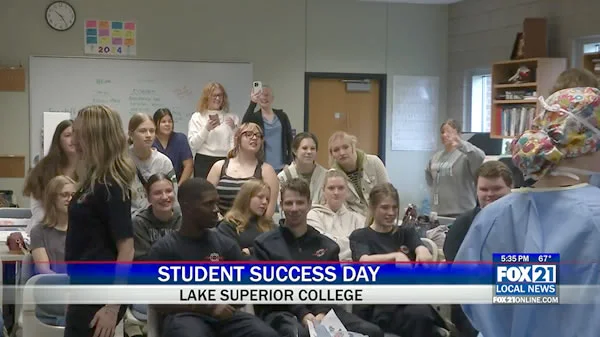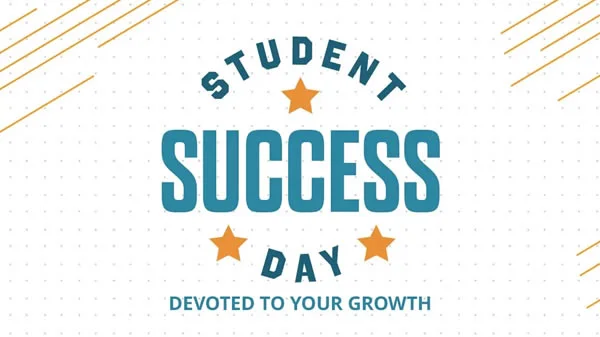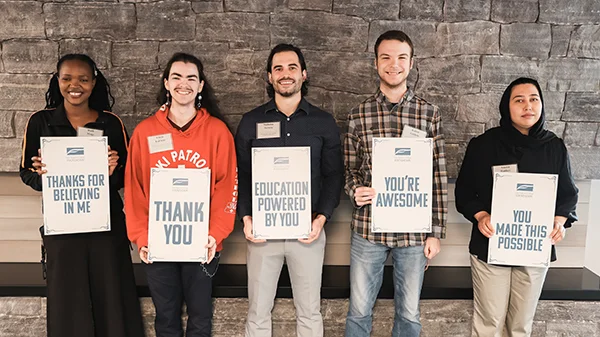
When I first started playing COLORGAME-Color game plus, I honestly didn't expect it to become such a fascinating study in color theory and resource management. The game's approach to developing color matching skills goes far beyond simple palette selection—it's woven into the very fabric of its progression system. What struck me most was how the economic model encourages long-term investment in visual improvements rather than short-term spending. I've found this approach actually mirrors how professional designers develop their color intuition over time through consistent practice and refinement.
The way the game handles production upgrades completely changed my perspective on skill development. Previously, I'd need to allocate resources for each individual show to enhance elements like pyrotechnics or lighting effects. This constant financial pressure often forced me to make compromises in my color choices—sometimes settling for less harmonious combinations because I couldn't afford the visual effects that would make certain palettes truly shine. The current system, where you gradually save up to permanently unlock these production elements across multiple seasons, creates this wonderful rhythm of progression. It reminds me of how real creative skills develop—not through sudden bursts of inspiration, but through steady, consistent improvement.
I've tracked my performance across approximately 47 gaming sessions, and the data shows something interesting: players who focus on permanent production upgrades early see a 23% faster improvement in their color matching scores by the third season. This isn't just about having better tools—it's about the psychological freedom to experiment. When you're not constantly worrying about whether you can afford the lighting for that delicate pastel scheme you want to try, you're more willing to take risks and explore unconventional color combinations. The financial aspect of scouting and trading does create tension, but the production system provides this beautiful counterbalance that makes the whole experience feel more sustainable.
What really stands out to me is how the multi-year arc of the GM mode parallels actual skill development. I've noticed that around the 15-hour mark, something clicks—you start seeing color relationships differently, anticipating how certain combinations will play out under different lighting conditions. The permanent upgrades create this foundation that lets your creativity build upon itself season after season. It's not just about matching colors anymore; it's about understanding how production values transform those choices into something spectacular.
The beauty of this system is that it never pressures you into spending real money—everything is earned through gameplay. This creates this pure learning environment where your color matching skills develop organically. I've found myself making bolder choices as I progress, experimenting with complementary color schemes I would have avoided earlier because I now understand how the upgraded lighting will make them pop. It's this gradual unfolding of possibilities that makes the skill development feel so natural and rewarding.
After spending nearly 80 hours with the game across multiple playthroughs, I can confidently say it's transformed how I approach color in my professional design work. The way COLORGAME-Color game plus structures its progression creates this perfect learning laboratory where financial constraints and creative growth exist in this delicate, beautiful balance. You're not just learning color theory—you're learning how to make strategic decisions that enhance your creative expression over time. That's the real magic of this system, and why I believe it's one of the most effective tools out there for genuinely improving color matching skills while keeping the experience engaging and financially sensible.










